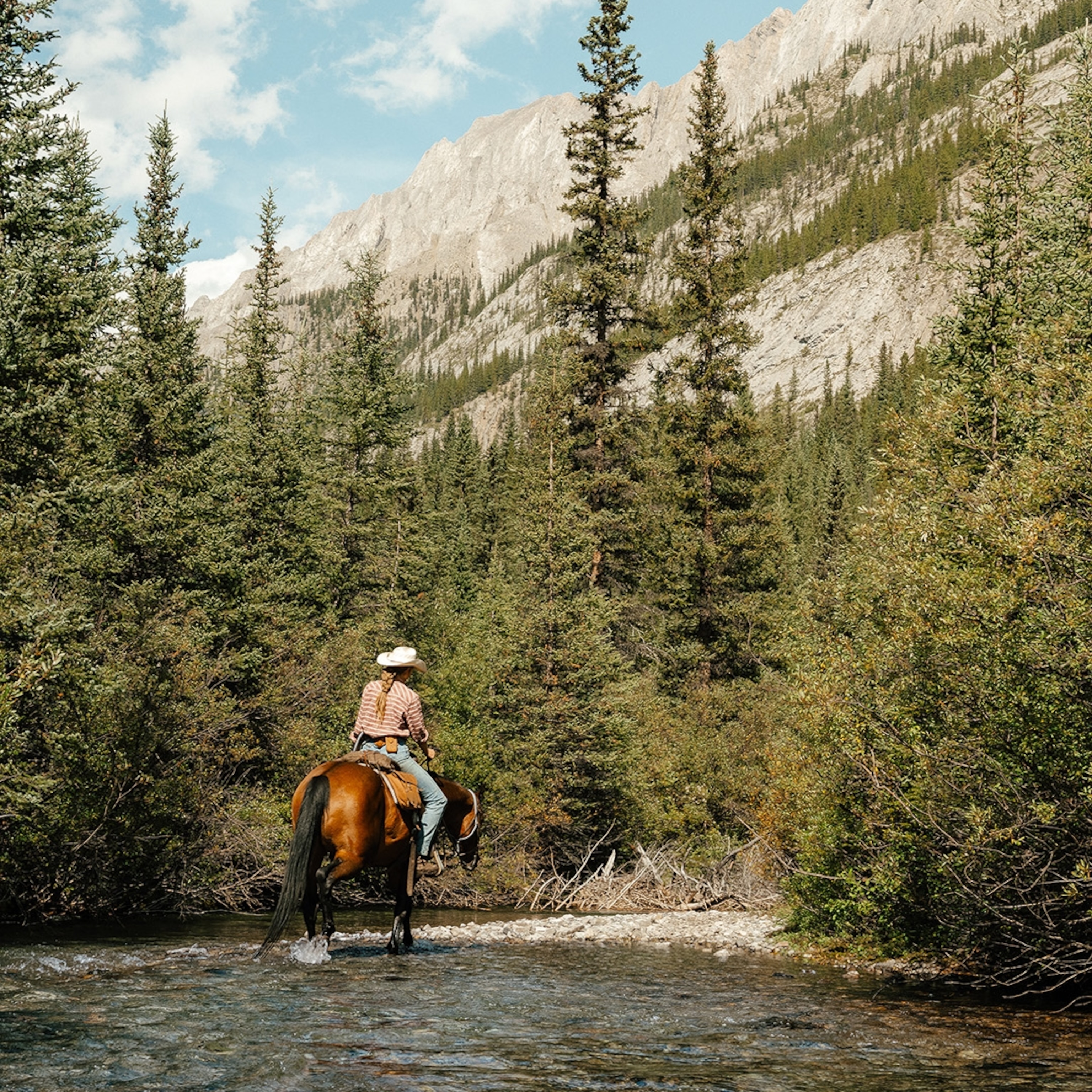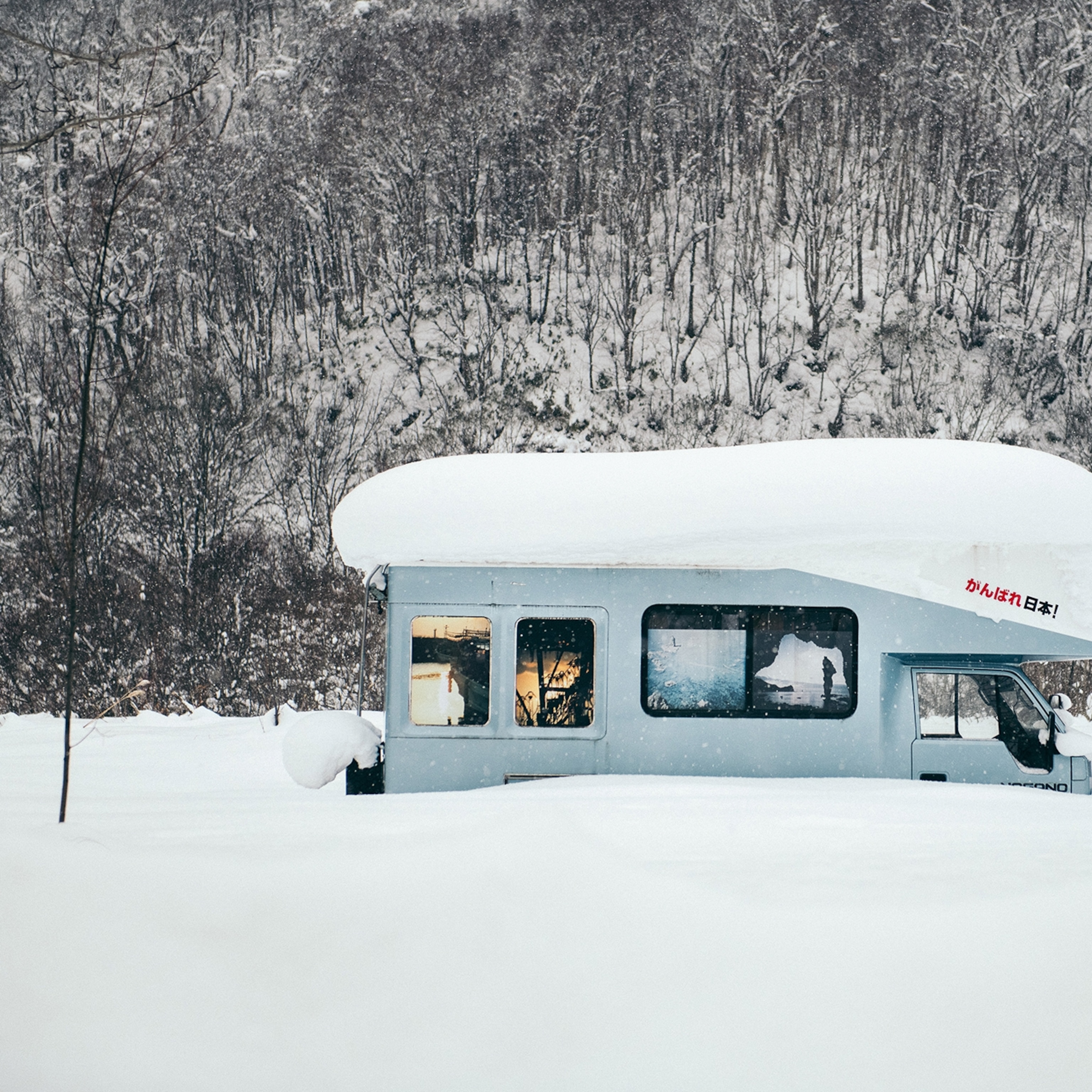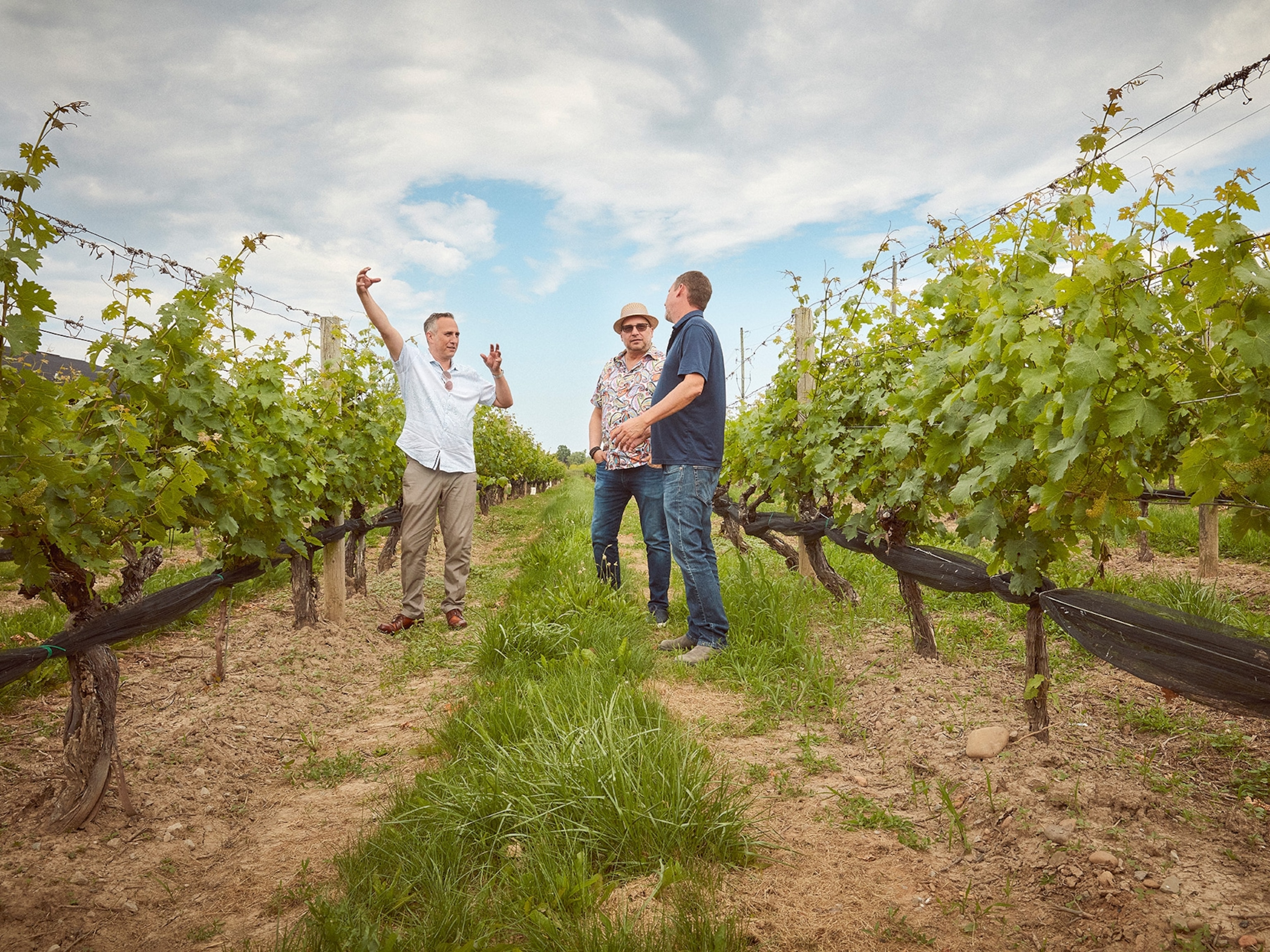
What it's like to be a sheep farmer in Greenland
Ancient Norse traditions and climate-savvy practices come together on Inuit sheep farms in southern Greenland. Wool-wrangler Ellen K. Frederiksen tells us about life in this fascinating part of the world.
Norse ruins shiver in the shadow of the ice sheet in Greenland’s deep south. There, Ellen K. Frederiksen tends the nation’s oldest working sheep farm, Illunnguujuk. This overlooks a turquoise fjord that explorer Erik the Red — founder of Greenland’s first European settlement — once called home.
Ellen upholds a hardy tradition that’s both ancient and unexpectedly modern, fending off wild predators, climate change and rising costs while honouring local knowledge and natural rhythms. Her farm, which features an onsite B&B, is in Kujataa: a UNESCO World Heritage Site noted as the first known place of agriculture in the Arctic. We spoke to Ellen about life in this remote part of the world.
How did you get involved in sheep farming?
I moved from the capital Nuuk, to be a schoolteacher, when I was 24. That was in the early 1980s. But I married a farmer, Carl. There’s a lot of work being a farmer’s wife: helping with lambing and other jobs, on top of being a teacher. But when you’re in love, anything is possible.
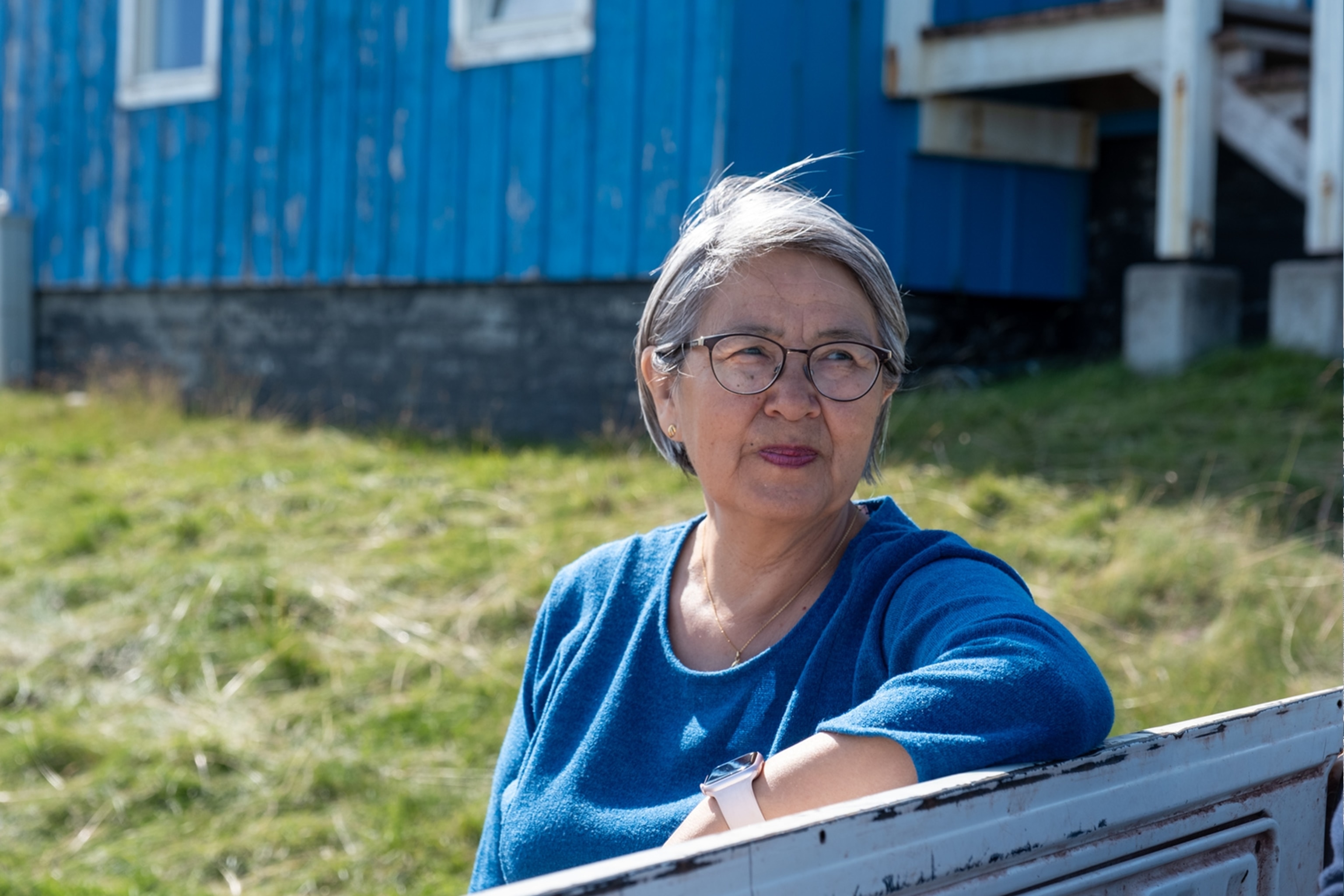
Is it a nice life?
Yes, a good life — but also a hard life. Even though I'm now retired from teaching, we still work all the time. We don’t have vacations like other people. We take care of the animals from November until the middle of June. Then we work on the fields and grow grass in summer so the sheep have something to eat.
What’s your favourite time of year?
Autumn is exciting, seeing how many lambs have managed to grow. Spring, specifically May, is hectic: we work 24 hours a day at the stable when all the lambs are born. It’s always a privilege to finish lambing season, and to know we have a good average of lamb per mother. We can give ourselves a pat on the back.
But summer is best, when the fields are green and warm. On our farm we don’t have mosquitos, unlike other places. Some say it is because of our sheep.
How did sheep farming begin in your area?
Erik the Red – who was in exile after doing very bad things in Iceland – brought sheep and other livestock when he came here in the year 985. He gave Greenland its name, partly as a way of attracting other people to settle. His descendants stayed for about five centuries, until the Norse disappeared suddenly, around the year 1500.

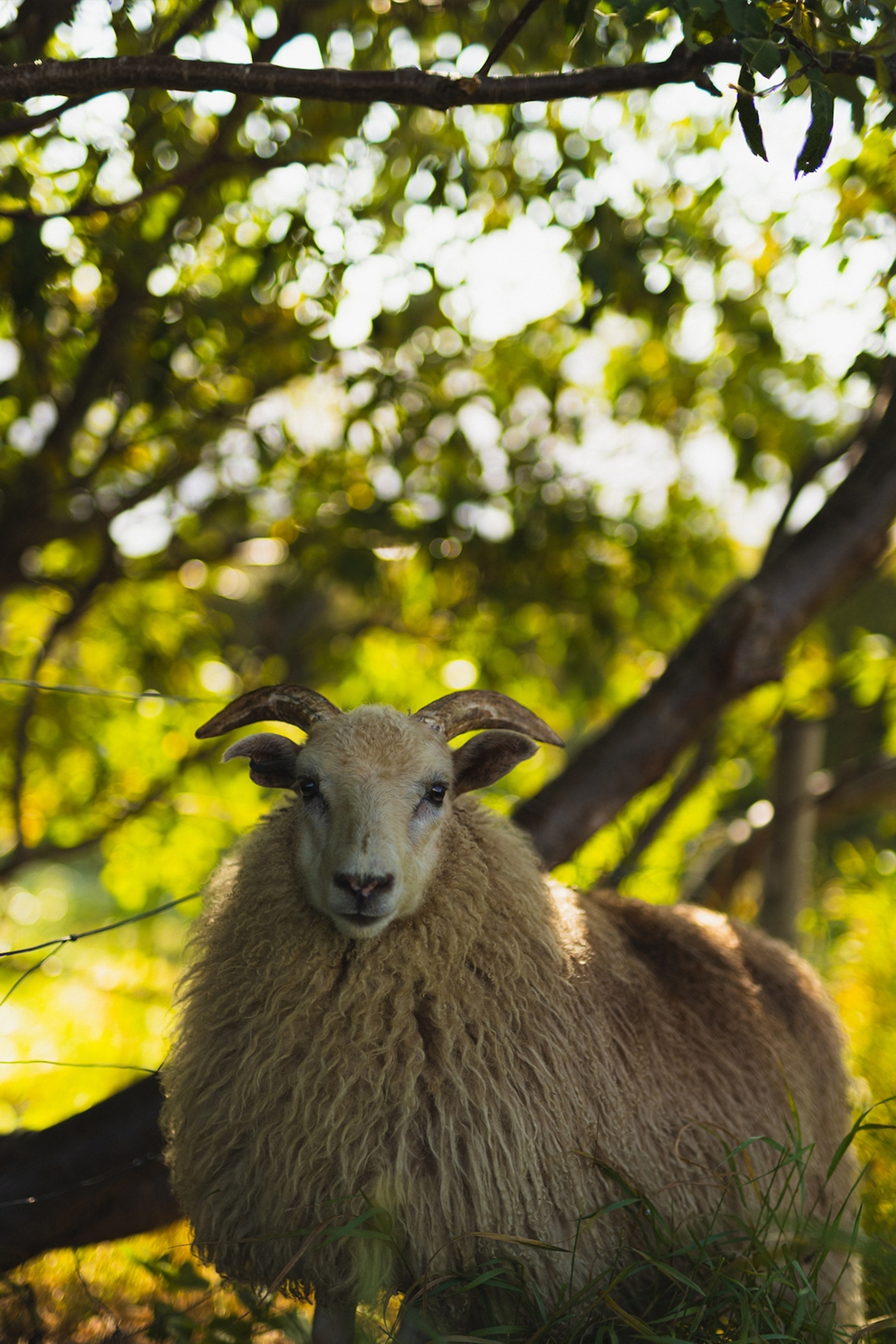
What happened to them?
There are many theories. Perhaps it was disease. I think the most likely answer is the climate changed. Whatever happened, that was the end of sheep farming.
My own ancestors, who came centuries ago from either modern-day Mongolia or Siberia, made a living through hunting and fishing whatever they could get from nature — a lot of seals.
When did sheep farming become a practice again?
About a hundred years ago, seals became rare, so the government had to think of other ways to make a living. There was a pilot project: importing about a dozen sheep from the Faroe Islands, to see if they could live in the climate. They survived. My husband’s grandfather, Otto Frederiksen, was a carpenter on that project, and was inspired to start his own farm in 1924, which we still run today.
How has it changed over time?
There was not much machinery, even when I arrived. Ewes would lamb up in the hills. Since the 1990s, we must do it in the barn: a regulation introduced after a very hard winter when many sheep died.
Today we follow a strict programme to control which sheep mate. [This is] to avoid interbreeding and to maintain good quality meat. It’s a lot of work — more data than you might think!
At least you’re out in nature…
Yes, it is beautiful. And we are lucky, farming on the edge of the ice. We have eagles in the area. But between the eagles, the ravens and the foxes, we lose maybe 2 to 3% of our lambs every year. The eagles are not our friends.
Tell me about your wool workshops.
Once, we sold our wool overseas, but that became uneconomical. For about ten years, we simply burned it. Local ladies made yarn and learned to felt and spin, but not on a commercial scale.
Then I decided — because we also run a bed and breakfast — to create an opportunity for tourists to do wool work. With the help of equipment supplied by National Geographic-Lindblad Expeditions, I set up workshops for visitors to spin and felt. We dye wool using local herbs and plants. Starting this summer, we’ll make nice sweaters, socks, mittens and bags.
Are you optimistic for the future?
Climate change makes the weather unpredictable: high winds, intense snowfall, periods of drought. The war in Ukraine makes the price of fertiliser, and equipment, very high.
But we have to be optimistic. My son will take over the farm when my husband retires, and he will be the fourth generation. Greenland people are used to living with whatever our landscape can provide. Self-sufficiency, creativity and resource management — these are all in our nature.
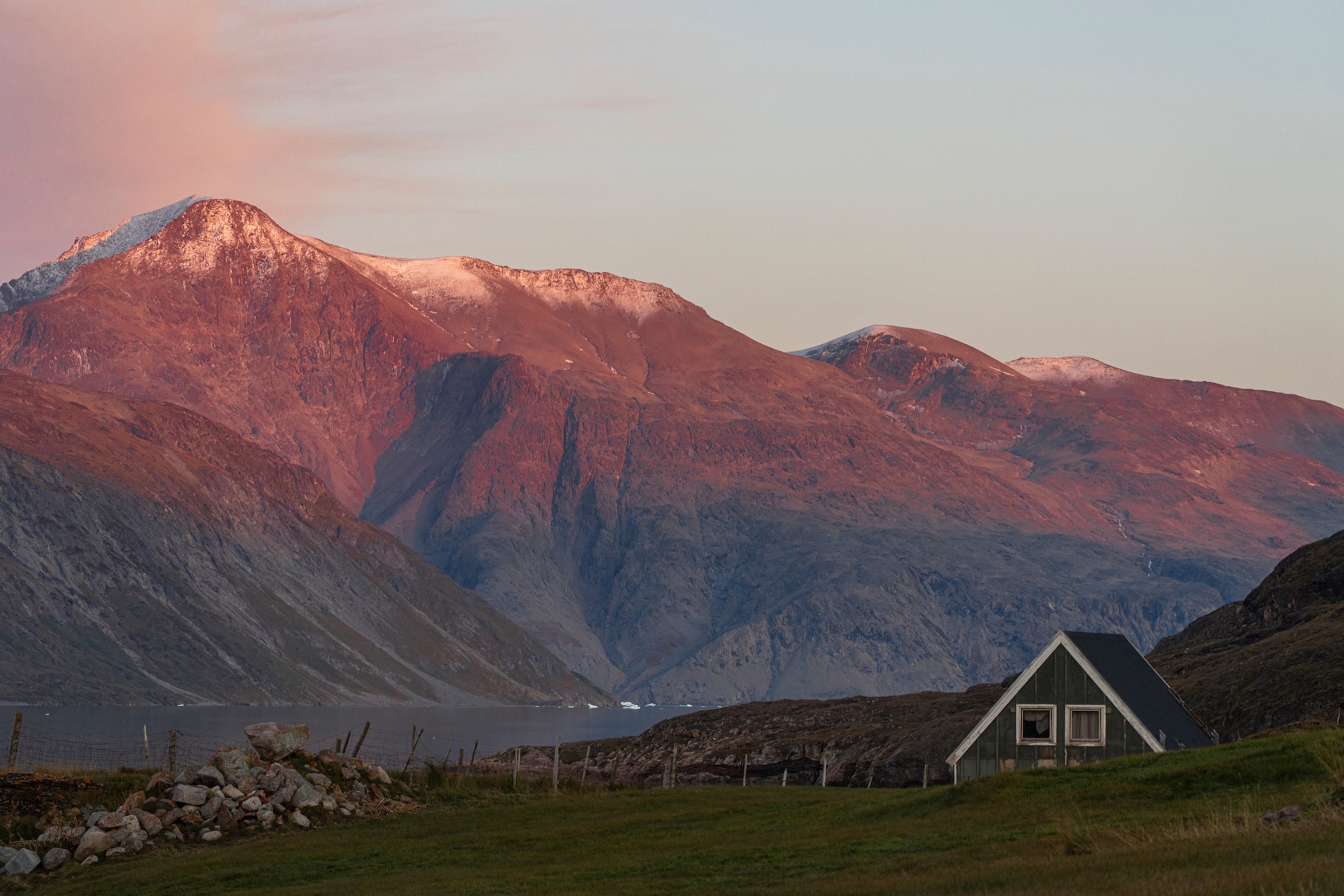
Three More Sheep Stops in South Greenland
Iiju Yarn & Craft Shop, Qaqortoq
Visitors to this shop in Qaqortoq can peruse yarns and handcrafted items made from local sheep's wool, and purchase authentic Greenlandic textiles.
FOR LUNCH
Cafe Thorhildur, Qassiarsuk
Located on the town harbour, this cosy, farmer-owned cafe is a community hub that serves local lamb and beers. Ideal for experiencing authentic Greenlandic flavours.
FOR THE FARM EXPERIENCE
Sheep farm stays in Igaliku
Known for ravishing scenery and Norse ruins, Igaliku offers opportunities to learn about sheep farming, join in daily activities and relish the tranquillity.
Plan your trip
To subscribe to National Geographic Traveller (UK) magazine click here. (Available in select countries only).
